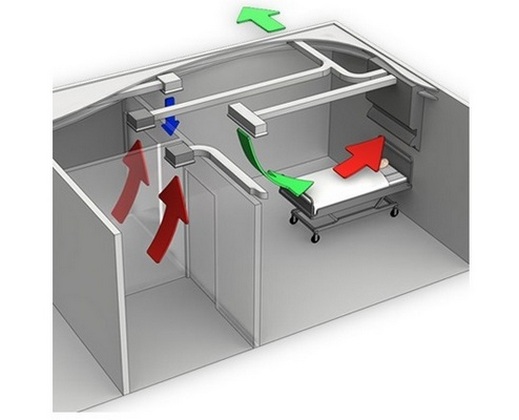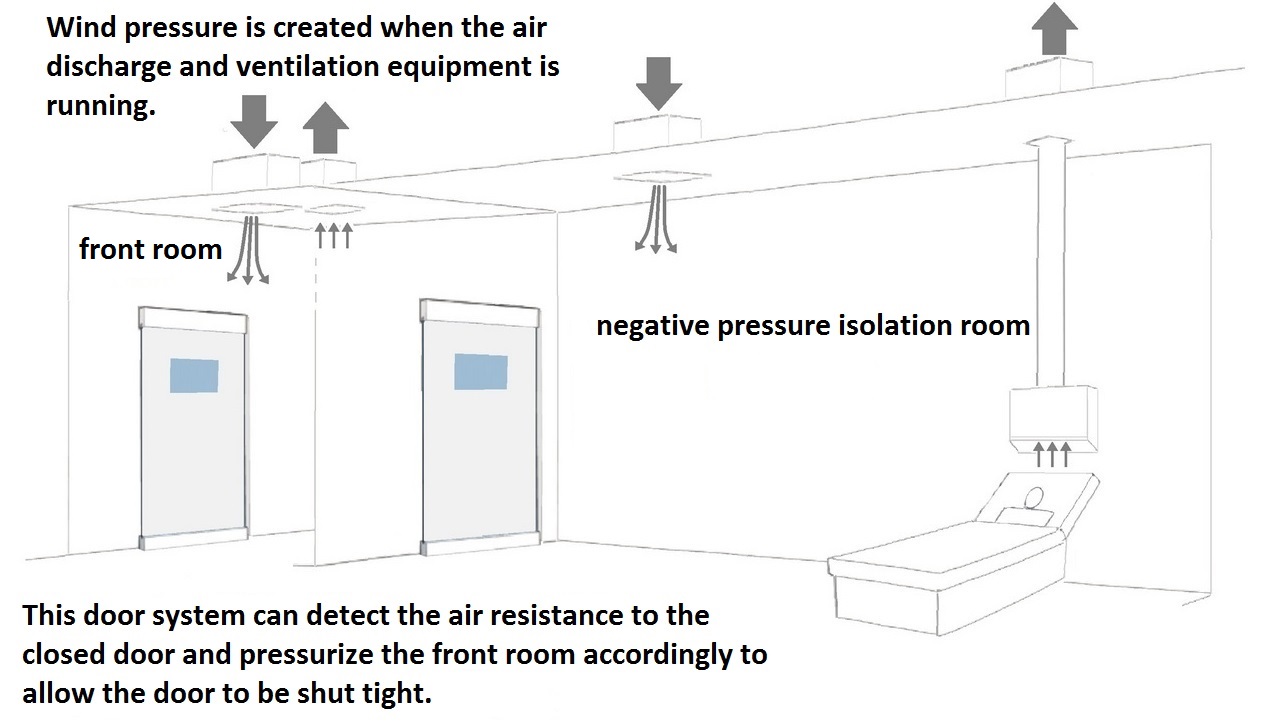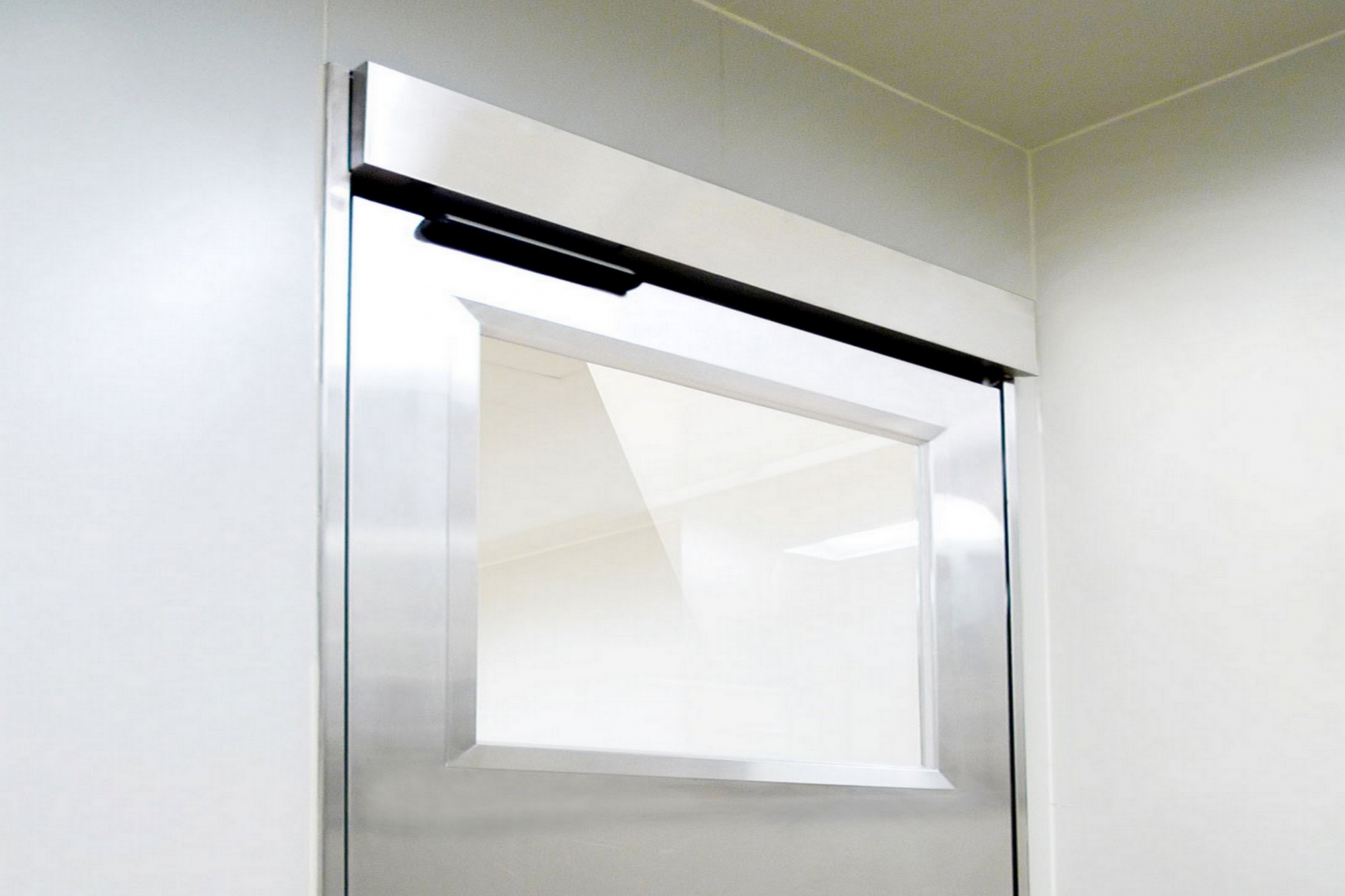Solution
HEALTH PROTECTOR IN THE HOSPITAL--NEGATIVE PRESSURE ISOLATION ROOMS

Do you remember the 2003 SARS epidemic, which threw the world into a panic? It wasn’t long before the epidemic started spreading. In a short time, the number of people getting infected and dying of it continued to escalate, and many medical staff died carrying out their duties. To contain the disease at home, the Department of Health of Taiwan set up many hospitals for treating and accommodating SARS patients. Some of them have a negative pressure laboratory to research the viruses.
Contagious diseases have been and will be a key factor in affecting human health and causing death. In the wake of the SARS incident, humans have put a higher premium on the prevention of contagious diseases as well as access to medical facilities. Thus, the standards of negative pressure isolation rooms as an important umbrella were laid down. The SARS epidemic caused the public to get familiar with the harm microbes can do us, and the term "negative pressure" has therefore become a household name.

Introduction to the important protections of these rooms |
The negative pressure isolation room is generally composed of the ward and its affiliated front room. The ward is a quarantine area for patients; the front room serves as a buffer against a failure in negative pressure. Intended for control on the spread of pathogens, the protective equipment is divided into major one and minor one. The major one is for protection of medical staff; the minor, surrounding facilities.
SW Series can be applied to the negative pressure isolation room, becoming a main feature. As the door is closed, the wind pressure on both sides of the door will cause air resistance, the door not being shut tight. This door system can detect the air resistance to the closed door and pressurize the front room accordingly to allow the door to be shut tight. The system can also prevent the two doors from opening at the same time, stopping the spread of airborne pathogens and avoiding cross-infections between medical staff and patients. With the accessories such as touchless switches and foot switches, the system can reduce the risk of contracting a contagious disease.
 繁體中文
繁體中文 English
English 


